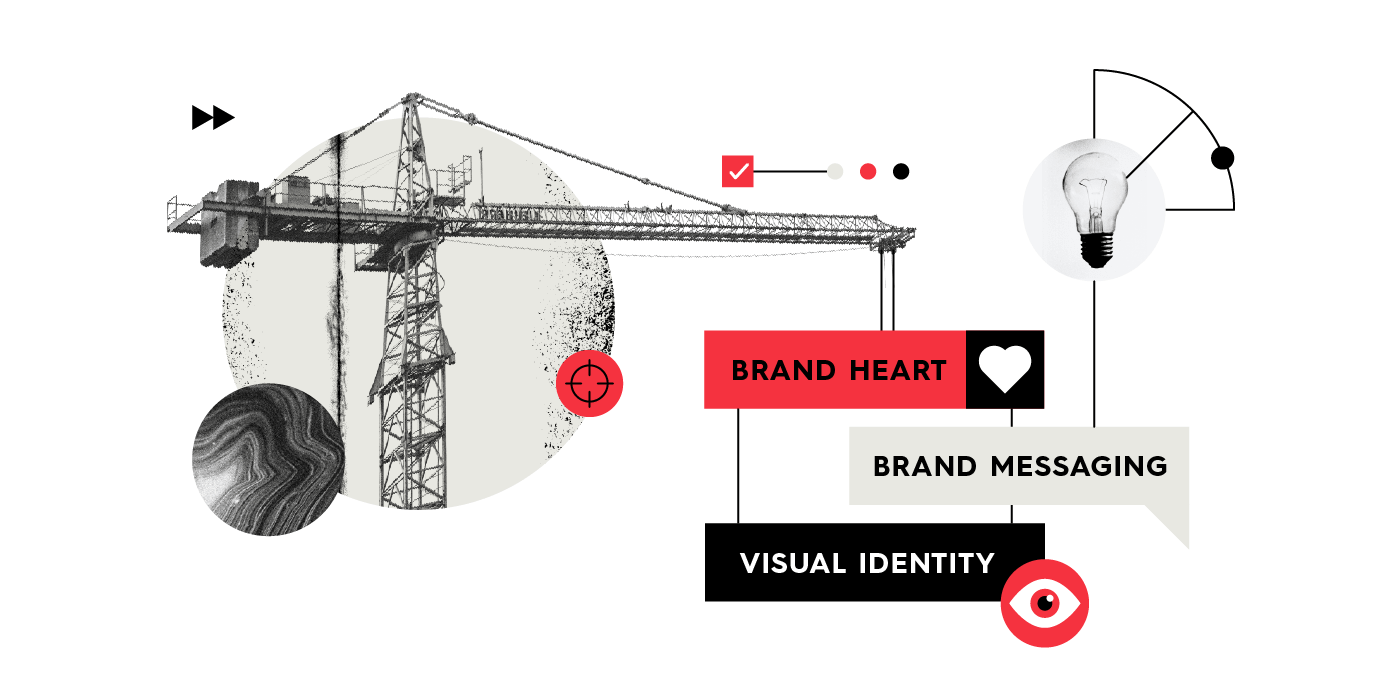- The Solo Founder Newsletter
- Posts
- 📰 The Solo Founder Newsletter #100
📰 The Solo Founder Newsletter #100
"What I’ve learned, 6 months after bankruptcy"
Good morning founders,
100 issues! Didn’t expect to go this far. Thank you all for sticking with me! This celebratory issue is available to all free subscribers 🎉.
In today’s issue, how innovation really works, how to create a brand strategy, interview with a vampire 🧛, and what this user learned 6 months after a bankruptcy.
Let’s get started!

This is why I like going solo. When I fail I have but myself to blame
📰 In today’s pick…
Data From 3.5 Million Employees Shows How Innovation Really Works
Snippets:
After reviewing dozens of variables that could potentially affect ideation, we identified four that drove the ideation rate. They weren’t what we expected.
Scale – more participants. To succeed, an innovation program needs lots of participants. It’s the wisdom of the crowd: a large mass of participants will always out-ideate a small group of smart people. On average, companies generate one idea for every four participants in the system.
Frequency – more ideas. To get to a set of promising ideas whose implementation would make sense, you need to sift through a lot of candidates. To succeed, a company needs to create frequent idea challenges for its employees. These challenges reinforce a culture of innovation and generate more ideas going into the pipeline. While there is a great deal of variation based on the types of ideas and the companies reviewing them, on average, it takes five idea candidates to generate one idea that the company judges to be worth implementing.
Engagement – more people evaluating ideas. It’s not enough to get some people suggesting ideas. You need lots of other people figuring out whether those ideas are worth working on, or what it will take for them to become better. A successful idea management system is a ferment of commentary, with lots of feedback.
Diversity – more kinds of people contributing. You might think the most productive innovation system would be full of engineers or other problem-solvers. You’d be wrong. A successful system needs contributions from all over the organization, especially staff who are close to the front lines: sales staff, support workers, or people in close touch with the company’s manufacturing processes, for example.
When a program like this is working, it churns out actionable innovations at a steady and predictable pace.
Harvard Business Review
How to Create a Brand Strategy (Free Guide & Toolkit)
Snippets:
Why Do You Need a Brand Strategy?
When you don’t know who you are, why you exist, what you believe in, or what you’re trying to achieve, your business suffers. From customer communication issues to employee retention, a lack of brand strategy causes problems at every level of an organization.
Having worked with hundreds of clients over the last decade, we’ve learned to spot the telltale signs of a brand in crisis, often caused by a lack of strategy. (Some of these issues might sound familiar to you. Before we documented our brand strategy, we suffered from them too.) When you have no brand strategy…
• You don’t understand your purpose, vision, mission, or values, so you make marketing and business decisions that don’t reflect them.
• You don’t have a documented marketing plan, but you hope that whatever you’re doing will work.
• Your team is fractured by disunity, confusion, and conflict, making it hard for employees to feel engaged and interested.
• You don’t have cohesive brand messaging, so your content tends to be inconsistent at best, and contradictory at worst. As a result, it’s difficult to attract people who share your values (customers, employees, etc.).
• You can’t clearly articulate your brand, and as a result, you can’t carve out a discernible place in the market.
In short, without a brand strategy, you lose.
Column Five
Interview with the vampire (I mean, salesperson)
Snippets:
Setting up outbound
Any good outbound program starts with knowing your targeting, so make sure you’ve got an ideal customer profile (ICP) to go after. You can try going after everyone, but you’ll waste a lot of time doing it.
Once you’ve got this, start tailoring your existing marketing material to be very specific to your ICP. Whether this is industry, job title, job to be done, or any other identifier, start thinking about how your content/assets need to change up when the context switches from “I requested this piece of information” to “this was forced in front of me.”
You’ve got a really short attention span to work with, so break longer assets into shorter pieces, like:
Diagrams that are optimised to be sent in an email (and not as an attachment)
Email nurture flows, keeping only the very best/snappiest hooks for your subject lines
Ice breakers to prompt intrigue on the phone
And, not shorter but have outbound specific landing pages
Mehdeeka
What I’ve learned, 6 months after bankruptcy
Snippets:
Crowd funding was an exciting space in 2011, Kickstarter was making headlines, they did not yet had their million dollar project. Apps were booming, there was a time everyone downloaded and bought apps, and not everyone actually had an app idea.
A lot of people that were engaged with technology saw apps as tools to make the world better and earn a little money. It was a pre-flappy bird, post angry bird time. It was a post fart apps but pre Clear time, pre ‘Apple is merging OSX to iOS’. iOS ruled approx 40% of the smart phone business and 90% of the revenue. A small group of people could make something great, which meant the world and turned lots of heads.
In the coming years that changed to the major boom of people and small businesses all wanting their own apps, a lot of app generators started to emerge, where companies launched apps for the sake of having an app.
Times changed, but SellanApp did not change accordingly. Being the community guy, I talked to hundreds, maybe a thousand (potential) users. I came to the conclusion, the way SellanApp worked, app ideas were merely some funds to find a developer, not passionate communicative teams working on something great. App ideas need contributions from wizards, nerds and experts all around that love the vision and end goal.
The model was not built around that, it was built around everyone could make an app on SellanApp. But people without a solid vision started to use it, and the great existing app producers on the platform could not run another campaign to improve their app on the longer run.
Milan van den Bovenkamp
This is the free edition of The Solo Founder Newsletter. If you haven’t upgraded, to sign up for the full newsletter experience, plus the monthly roundups and additional perks, click here



